How to Set Up a Freshwater Fish Tank in 5 Easy Steps [No Experience Needed, Avoid Common Pitfalls]
Published: 29 Jun 2025
Setting up a freshwater fish tank can feel overwhelming for beginners, with many costly mistakes along the way. If you’re wondering how to set up a freshwater fish tank without the typical headaches, you’re in the right place.
This guide is designed specifically for absolute beginners, offering expert advice to help you avoid the pitfalls that cause 90% of new fish keepers to quit within their first year. You’ll learn everything you need to create a thriving aquatic environment for your fish.
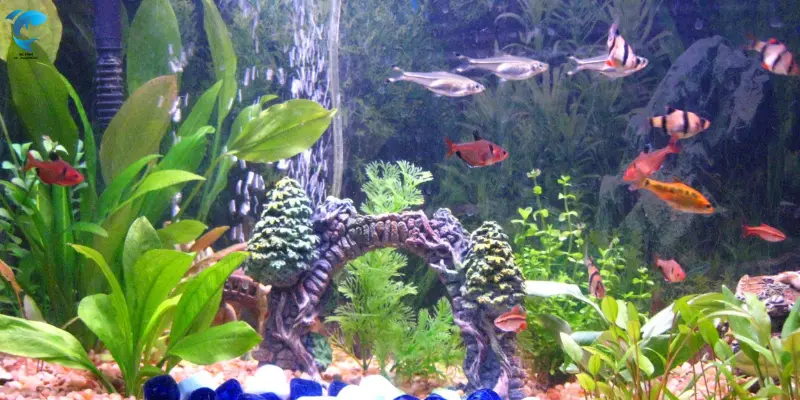
Step 1: Plan Your Setup and Gather Essential Equipment
Choose the Right Tank Size and Location
The foundation of a successful aquarium starts with proper planning. Bigger is always better for beginners – larger tanks are more forgiving because water parameters remain stable longer, Aquarium Co-Op. A 20-gallon tank is a sweet spot for beginners, providing enough space for a community of Fish while remaining manageable for maintenance.
Location Requirements:
- Place on a sturdy, level surface that can support 10 pounds per gallon of water
- Avoid direct sunlight, air conditioning vents, and high-traffic areas
- Ensure access to at least three electrical outlets
- Leave a 6-inch clearance behind the tank for equipment and maintenance access. Petco
Essential Equipment Checklist
Must-Have Items:
- Aquarium: 20+ gallon glass tank with hood/lid
- Stand: Commercial aquarium stand rated for your tank’s full weight
- Filtration: Power filter with bio-wheel or sponge filter (flow rate 4x tank volume per hour)
- Heater: Submersible heater with numerical settings (5 watts per gallon for tanks under 40 gallons)
- Thermometer: Digital or stick-on thermometer
- Lighting: LED or fluorescent light fixture
- Substrate: Aquarium gravel or sand (1 pound per gallon)
- Water conditioner: Dechlorinates tap water
- Test kits: Ammonia, nitrite, nitrate, and pH test kits
- Maintenance supplies: 5-gallon bucket, siphon/gravel vacuum, an algae scraper, fishnet. The Spruce Pets
| Optional but Recommended: |
|---|
|
💡 Beginner Tip: Avoid “starter kits” with tanks smaller than 10 gallons. These require advanced skills to maintain stable water conditions, severely limiting your fish choices.
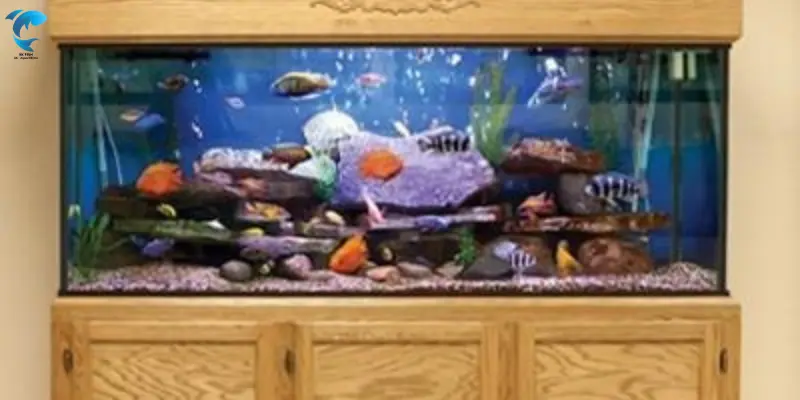
Step 2: Set Up Your Tank Foundation (Physical Setup)
Prepare and Position Your Tank
Start by thoroughly rinsing your aquarium with warm water – never use soap or chemicals. Remove any dust or manufacturing residue from the tank and all accessories.
Setup Sequence:
- Test the stand level: Place the tank on the stand and add 1-2 inches of water. Check that the water level is even on all sides – an unlevel tank can crack under pressure.
- Install background: If using an aquarium background, attach it now before the final positioning.
- Create clearance: Ensure adequate space behind the tank for filter tubes and electrical cords.
- Perform leak test: Fill the tank one-third full and inspect for any water beading or leaks. If you find leaks, return the tank to Petco immediately.
Install Equipment and Substrate
Substrate Preparation: Rinse your gravel or sand in a kitchen colander until the water runs clear. This prevents cloudiness that can take days to settle. Add the clean substrate to create a gentle slope from the back (2-3 inches) to the front (1-2 inches) for better visual depth and waste collection.
Equipment Installation:
- Filter: Install according to the manufacturer’s directions, but don’t plug in yet
- Heater: Place submersible heaters near the filter intake for better heat distribution; clip-on heaters near the filter outflow
- Decorations: Add caves, driftwood, or ornaments to create hiding spots and break up sight lines
⚠️ Common Pitfall Alert: Never place rimmed glass tanks on foam pads – this can cause the bottom panel to crack. Rimmed tanks must be supported only at their corners, Aquarium Co-Op.
Step 3: Fill, Condition, and Stabilize Your Water
Proper Filling Technique
Fill your tank using the “plate method” to protect your aquascaping: place a clean plate or bowl on the substrate and pour water directly onto it. This prevents substrate displacement and reduces cloudiness.
Water Conditioning Process:
- Add de-chlorinator: Treat the full volume of water with a water conditioner according to package directions. Modern tap water often contains chloramine, which doesn’t evaporate like chlorine and is deadly to Fish. Aquarium Co-Op
- Optional salt addition: Add freshwater aquarium salt (1 tablespoon per 5 gallons) to support fish health and prevent parasites
- Target parameters: Maintain specific gravity between 1.003-1.004 and temperature between 72-82°F Petco
Equipment Activation and Stabilization
Power-Up Sequence:
- Wait before heating: Allow the heater to acclimate to the water temperature for 20 minutes or more before plugging it in.
- Install the thermometer: Place it on the opposite end of the heater for accurate readings.
- Add lighting and a hood: Secure all coverings to prevent the Fish from jumping out.
- Create drip loops: Ensure all electrical cords are grounded before looping back up to outlets.
- Start filtration: Plug in the filter and air pump; add water if the level drops. Petco
Stabilization Period: Allow your tank to run for 24-48 hours before proceeding. This allows atmospheric gases to dissipate, enabling you to verify that all equipment functions properly.
💡 Pro Tip: Water may appear cloudy initially – this is normal and will clear within 24-48 hours as particles settle.

Step 4: Cycle Your Tank (Most Critical Step)
Understanding the Nitrogen Cycle
This is where most beginners fail, leading to what’s called “New Tank Syndrome.” The nitrogen cycle is nature’s way of processing fish waste into less harmful compounds. BRS Fresh.
The 4-Step Process:
- Fish produce ammonia through waste and gill secretions
- Beneficial bacteria #1 (Nitrosomonas) convert ammonia to nitrite
- Beneficial bacteria #2 (Nitrobacter) convert nitrite to nitrate
- You remove nitrates through water changes, or live plants consume them. Aquarium Co-Op
Cycling Methods (Choose One)
Method 1: Fishless Cycling (Recommended)
- Add liquid ammonia or fish food to create an ammonia source
- Test water daily and record ammonia, nitrite, and nitrate levels
- Wait for beneficial bacteria to establish (2-6 weeks)
- Complete when ammonia and nitrite read zero ppm, with nitrates present
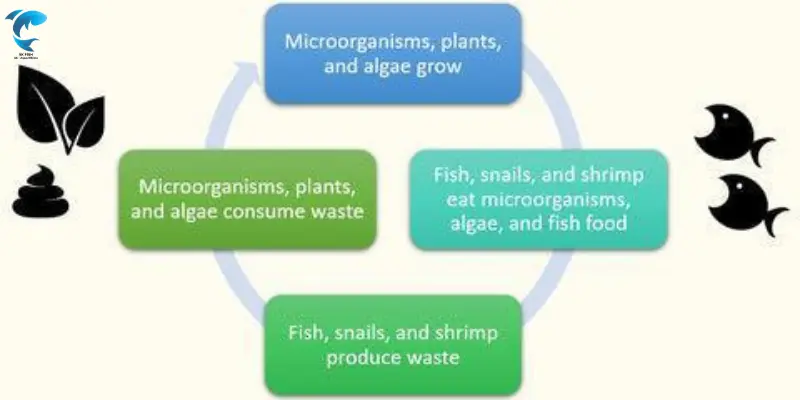
Method 2: Bacterial Supplement
- Add commercial beneficial bacteria (like Fritz Zyme 7)
- It still requires 1-2 weeks for full establishment
- Safer and faster than traditional cycling
Method 3: Seeded Cycling
- Add substrate, filter media, or decorations from an established tank
- Introduces beneficial bacteria immediately
- It still requires monitoring and 1-2 weeks to stabilize
⚠️ Critical Warning: Never add Fish to an uncycled tank. This is the #1 mistake that kills beginner fish and causes people to quit the hobby, BRS Fresh.
Testing and Monitoring
Cycling Complete When:
- Ammonia: 0 ppm
- Nitrite: 0 ppm
- Nitrate: Present but under 40 ppm, Aquarium Co-Op
Testing Schedule:
- Daily during cycling
- Weekly once established
- Immediately, if a Fish shows stress or unusual behavior
Step 5: Select and Introduce Your First Fish
Best Beginner Fish Species
Choose hardy, peaceful species that can tolerate minor water parameter fluctuations while you learn proper maintenance routines.
Top 5 Beginner-Friendly Fish:
- Group size: 3-6 individuals (schooling fish)
- Diet: Sinking wafers and pellets
- Special needs: Sand substrate preferred to protect barbels
- Why they’re great: Peaceful bottom cleaners that add activity to lower tank levels
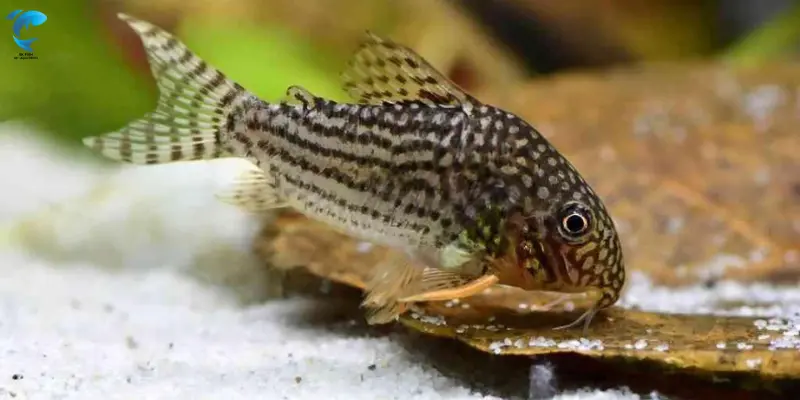
2. Platy Fish
- Tank ratio: 2-3 females per male to reduce breeding stress
- Water preferences: Slightly higher pH, mineral-rich water
- Special notes: Livebearers that reproduce readily
- Why they’re great: Colorful, active, and very forgiving of beginner mistakes
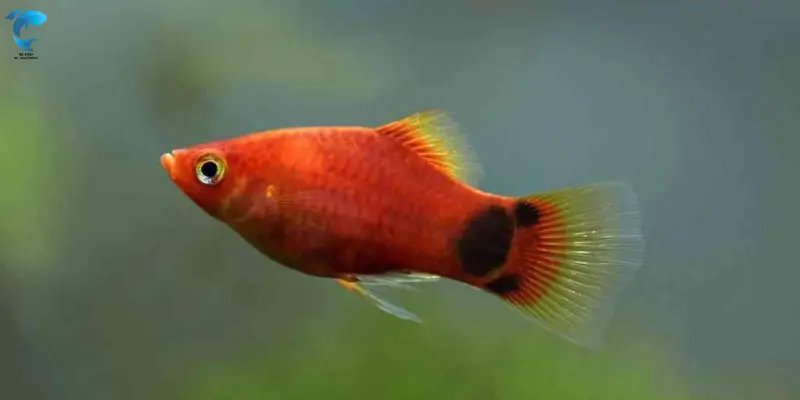
3. Betta Fish
- Stocking: One per tank (territorial)
- Tank requirements: 5+ gallons with heater and gentle filter
- Behavior: Interactive and intelligent
- Why they’re great: Low bioload and engaging personality
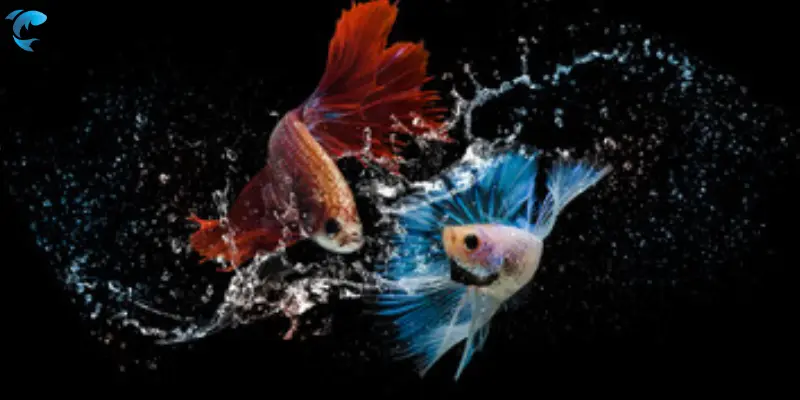
4. Zebra Danios
- Group size: 5+ individuals (active schoolers)
- Special needs: Tight-fitting lid (excellent jumpers)
- Diet: Omnivorous – accepts flakes, pellets, and live food
- Why they’re great: Extremely hardy and active swimmers
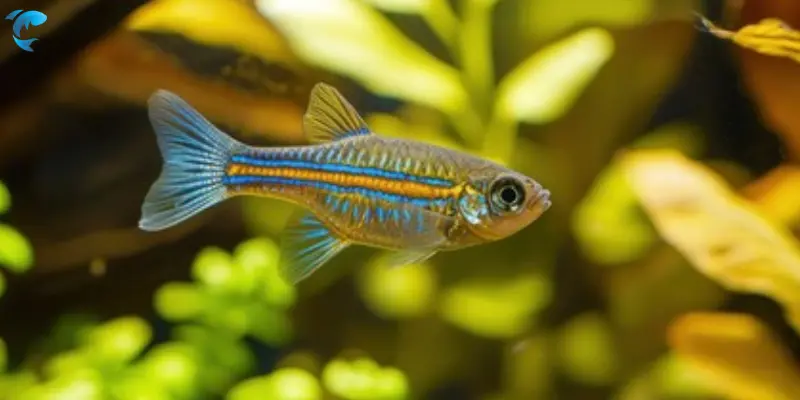
5. Bristlenose Plecos
- Special needs: Driftwood and hiding caves
- Diet: Algae wafers plus fresh vegetables (zucchini, cucumber)
- Behavior: Nocturnal, but will learn to feed during the day
- Why they’re great: Excellent algae control and unique appearance. Fish Keep and Chill
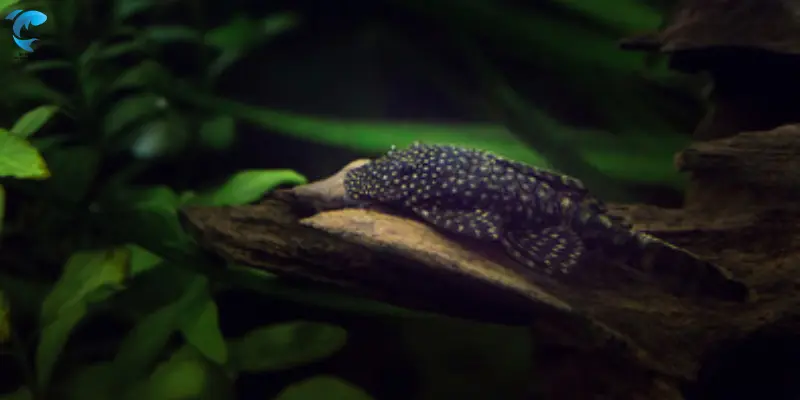
Introducing Fish Safely
Stocking Guidelines:
- Start with only 2-3 fish in a 20-gallon tank
- Add new Fish gradually (1-2 every 2 weeks) to allow biological filtration to adjust
- Follow the “1 inch of fish per gallon” rule as a starting point, adjusting for bioload
Acclimation Process:
- Float bags: Float fish bags in tank water for 15-20 minutes to equalize the temperature
- Gradual mixing: Add small amounts of tank water to the bag every 5 minutes
- Net transfer: Use a net to move Fish from the bag to the tank (don’t add bag water)
⚠️ Quarantine Recommendation: If possible, quarantine new Fish in a separate tank for 2-4 weeks to prevent introducing diseases to your main tank, BRS Fresh.
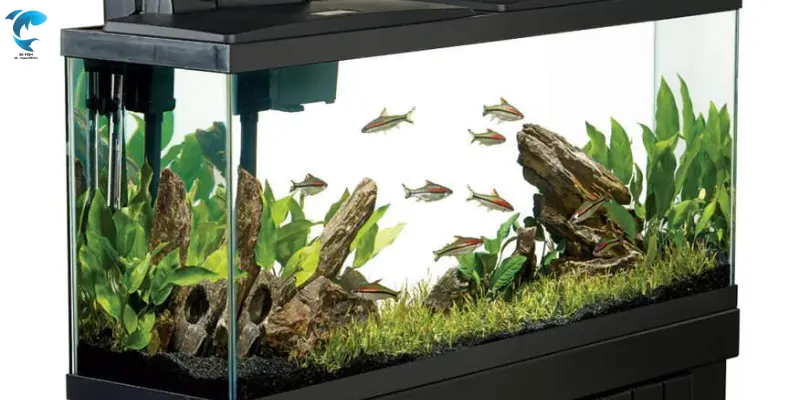
Essential Maintenance Schedule
Daily Tasks (2 minutes)
- Check water temperature (should be 72-82°F)
- Verify filter operation
- Observe fish behavior and health
- Feed fish appropriate amounts (they should consume food within 2-3 minutes)
Weekly Tasks (15 minutes)
- Test water parameters (ammonia, nitrite, nitrate, pH)
- Remove algae with a scraper as needed
- Check equipment functionality
- Remove any uneaten food or dead plant matter
Bi-weekly to Monthly Tasks (30-60 minutes)
- Perform 10-25% water changes using temperature-matched, dechlorinated water
- Vacuum substrate to remove waste buildup
- Clean filter media in tank water (never tap water)
- Trim plants and rearrange decorations as needed
- Replace filter cartridges monthly or as directed by Petco
Common Pitfalls and How to Avoid Them
The Top 10 Deadly Mistakes
- Adding Fish too soon: Always complete the nitrogen cycle first (2-6 weeks)
- Overstocking: Start small and add Fish gradually
- Overfeeding: Fish should consume all food within 2-3 minutes
- Inadequate filtration: Choose filters rated for 4x your tank volume
- Poor water changes: Never change more than 40% at once; match temperature and pH
- Skipping quarantine: New Fish can introduce diseases to established tanks
- Ignoring water parameters: Test regularly and act on results immediately
- Rapid environmental changes: Maintain stable temperature and pH
- Choosing incompatible Fish: Research adult size, aggression, and social needs
- Making impulse purchases: Plan every addition and research thoroughly, BRS Fresh
Emergency Troubleshooting
Cloudy Water: Usually settles within 48 hours; if persistent, check for overfeeding or inadequate filtration
Fish Gasping at Surface: Indicates low oxygen – increase surface agitation and check temperature
Fish Hiding/Not Eating: Test water parameters immediately; may indicate ammonia or nitrite poisoning
Sudden Fish Deaths: Perform immediate water change (25%) and test all parameters
Your Path to Aquarium Success
Setting up a freshwater aquarium requires patience, preparation, and attention to detail, but the rewards are immense. By following these five comprehensive steps and avoiding common beginner pitfalls, you’ll create a thriving aquatic ecosystem that provides years of enjoyment.
Remember the golden rules:
- Bigger tanks are more forgiving for beginners
- The nitrogen cycle is non-negotiable – never rush this step
- Start with hardy, compatible fish species
- Maintain consistent water parameters through regular testing and water changes
- When in doubt, research first and make changes gradually
Your aquarium will become a living, breathing ecosystem that connects you with nature while providing endless fascination as you watch your aquatic community grow and thrive. With proper setup and maintenance, many aquarists enjoy their hobby for decades, continually learning and expanding their knowledge.
Take your time, enjoy the Process, and welcome to the wonderful world of fishkeeping!
FAQs: How to Set Up a Freshwater Fish Tank
When setting up your first freshwater tank, it’s ideal to start with a tank that holds at least 20 gallons of water. This site is not only manageable for beginners but also provides a more stable environment for the fish to thrive in. Larger tanks are generally easier to maintain and offer sufficient space for a variety of fish. Smaller tanks, while easier to fit into a space, can be more challenging to maintain due to rapid changes in water parameters. Remember, the larger the tank, the more forgiving it is for mistakes, making it a perfect choice for beginners.
Before adding fish to your new tank, you need to “cycle” the tank. This process typically takes between 3 and 6 weeks. It’s crucial to be patient during this period as beneficial bacteria are established in the filter, helping to break down harmful ammonia and nitrites into safer nitrates. To test if your tank is ready, use water testing kits to check for ammonia, nitrites, and nitrates. Once ammonia and nitrites reach zero parts per million (ppm), you can safely add fish.
Some of the most common mistakes include:
- Overcrowding the tank: Always research the adult size of fish before buying. A crowded tank leads to poor water quality and stressed fish.
- Skipping water conditioning: Tap water often contains chlorine or chloramine, which is harmful to fish. Always use a water conditioner to neutralize these chemicals.
- Inadequate filtration: A reliable filtration system is essential for maintaining clean and healthy water. Ensure that you select a filter suitable for your tank size.
- Overfeeding the fish: Overfeeding can pollute the water and lead to excess waste. Feed your fish only what they can consume in 2-3 minutes.
- Ignoring water testing: Regularly test the water for ammonia, nitrites, and pH levels. Consistent monitoring ensures a healthy environment for your fish.
While not strictly necessary, adding plants and decorations to your freshwater tank can provide several benefits. Live plants help with water quality by absorbing excess nutrients and giving oxygen. They also offer hiding spots and reduce fish stress. Decorations such as rocks and caves mimic the fish’s natural habitat, which can promote natural behaviors and reduce stress. If you’re new to planted tanks, start with low-maintenance plants, such as Java Fern or Anubias.
Maintaining a freshwater tank involves several key tasks, but they are all manageable with the proper guidance and tools:
- Regular water changes: Change 20-30% of the water every 1-2 weeks to keep the tank clean and maintain good water parameters.
- Filter cleaning: Clean your filter monthly to ensure it functions properly. Avoid cleaning it all at once, as you don’t want to remove all the beneficial bacteria.
- Test the water: Test the water weekly, especially during the early stages, to ensure the ammonia, nitrite, and nitrate levels remain in safe ranges.
- Monitor fish health: Look for signs of disease or stress in your fish, like abnormal swimming, fin damage, or loss of appetite. Early detection of problems can prevent bigger issues.
- Feed responsibly: Stick to a feeding schedule, giving only what your fish can consume in a few minutes. This helps prevent water pollution from uneaten food.

SK Fish is your trusted source for practical fish care tips and delicious seafood recipes. Our team is dedicated to providing reliable, well-researched content for fishing enthusiasts and home cooks alike.

- Be Respectful
- Stay Relevant
- Stay Positive
- True Feedback
- Encourage Discussion
- Avoid Spamming
- No Fake News
- Don't Copy-Paste
- No Personal Attacks



- Be Respectful
- Stay Relevant
- Stay Positive
- True Feedback
- Encourage Discussion
- Avoid Spamming
- No Fake News
- Don't Copy-Paste
- No Personal Attacks


![The 7 Best Freshwater Fish for Low Light Tanks [Hassle-Free Setup and Maintenance] - Post Thumbnail](https://skfish.com/wp-content/uploads/best-freshwater-fish-for-low-light-tanks-100x67.webp)



